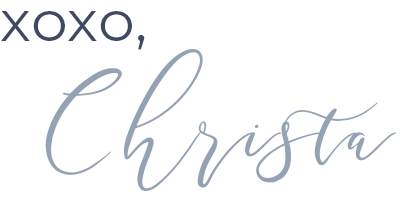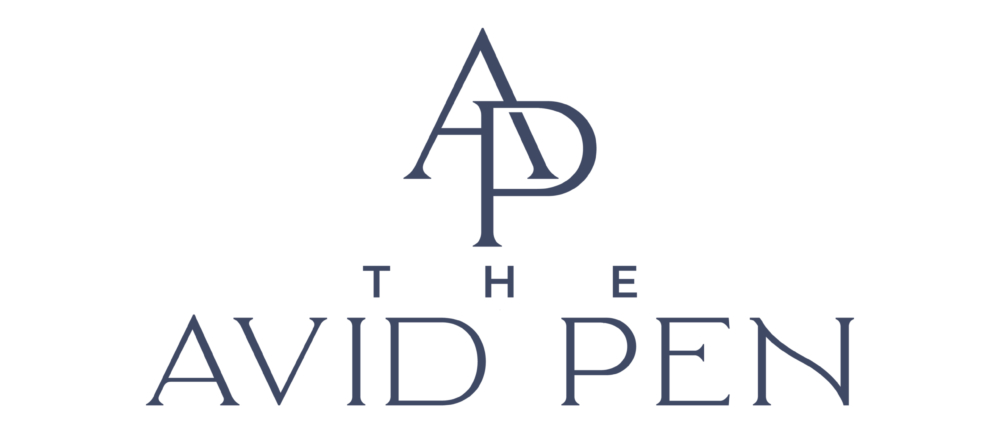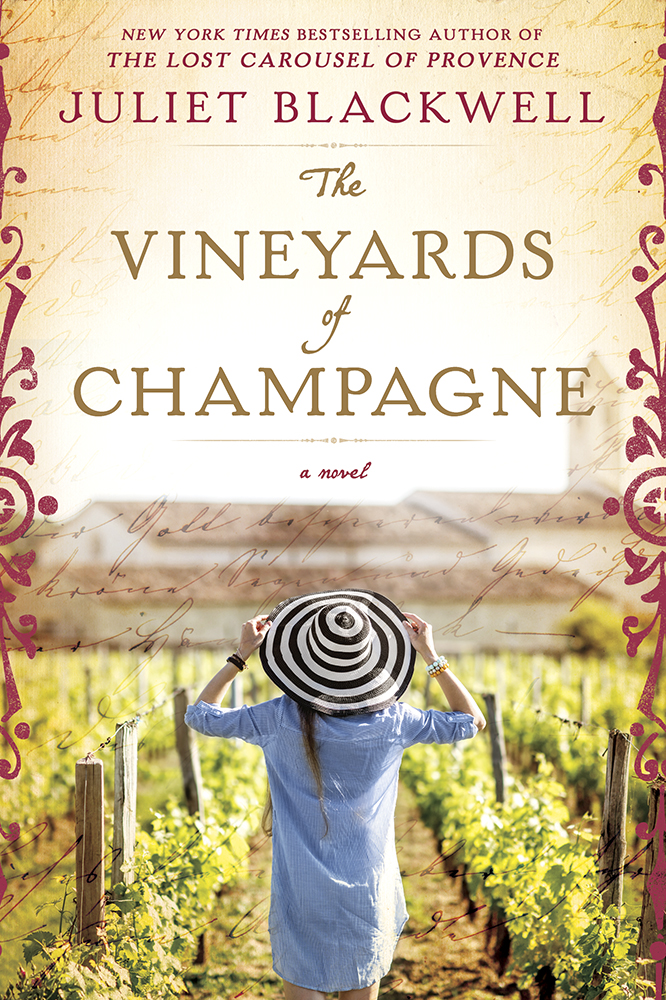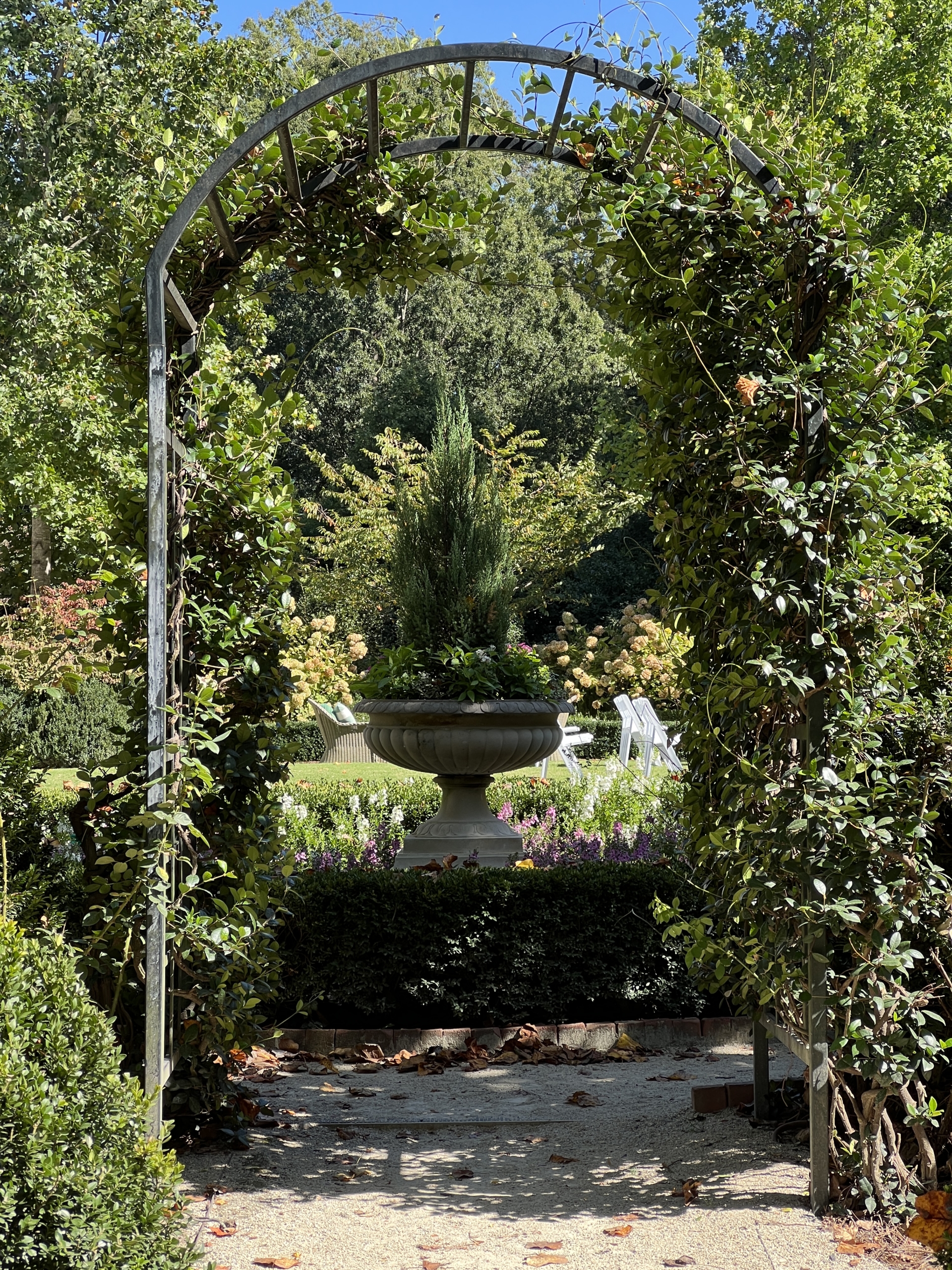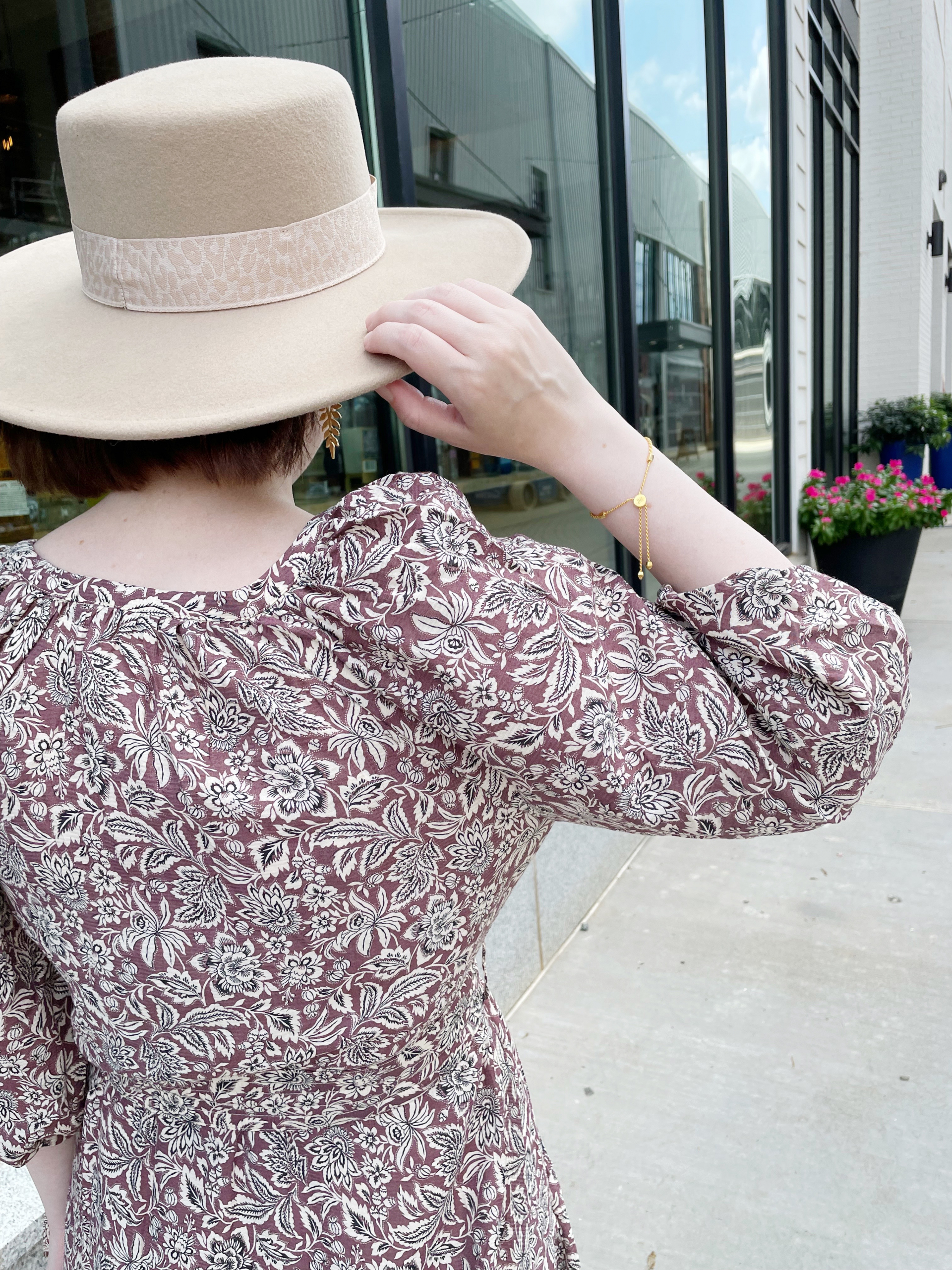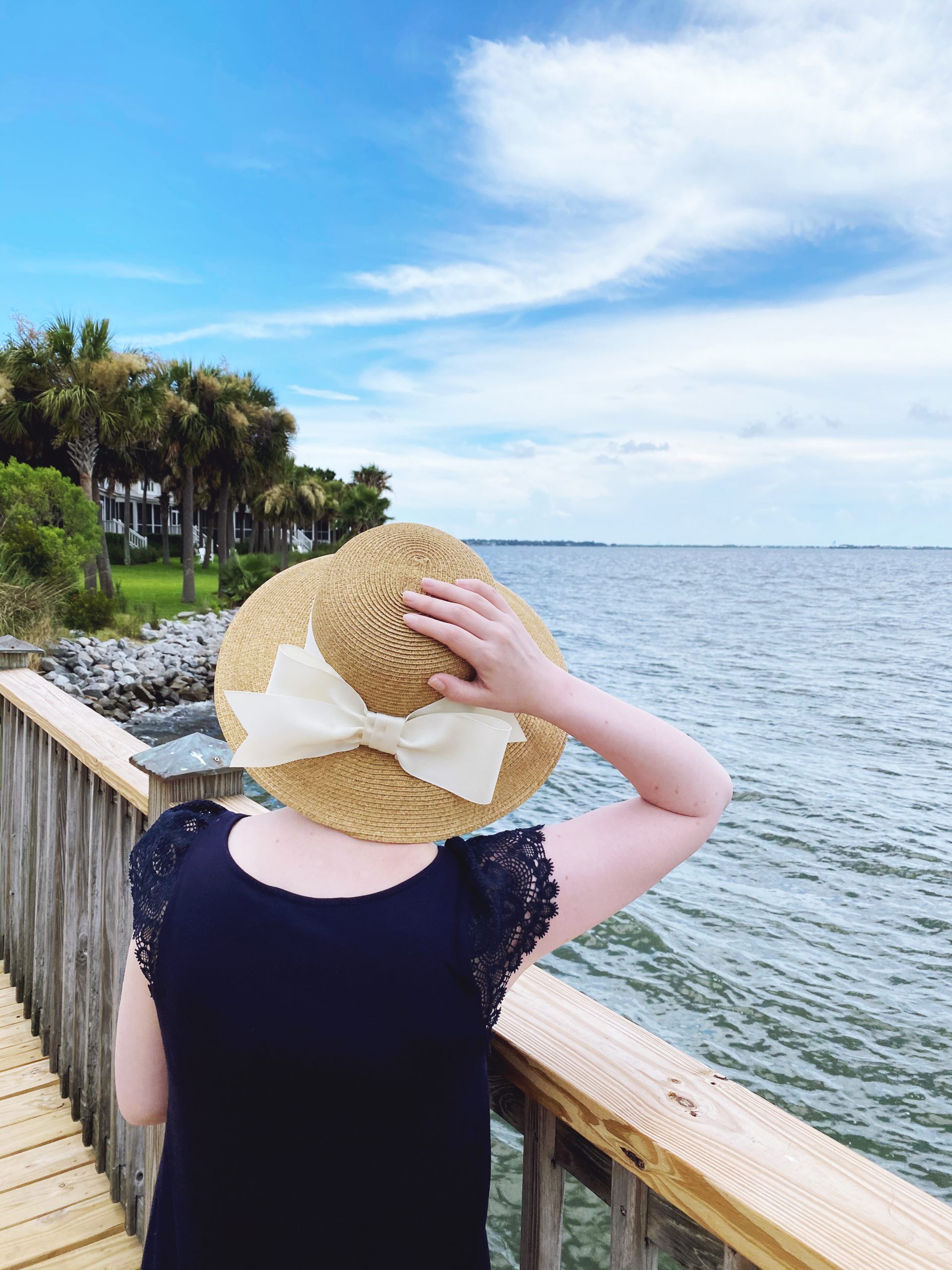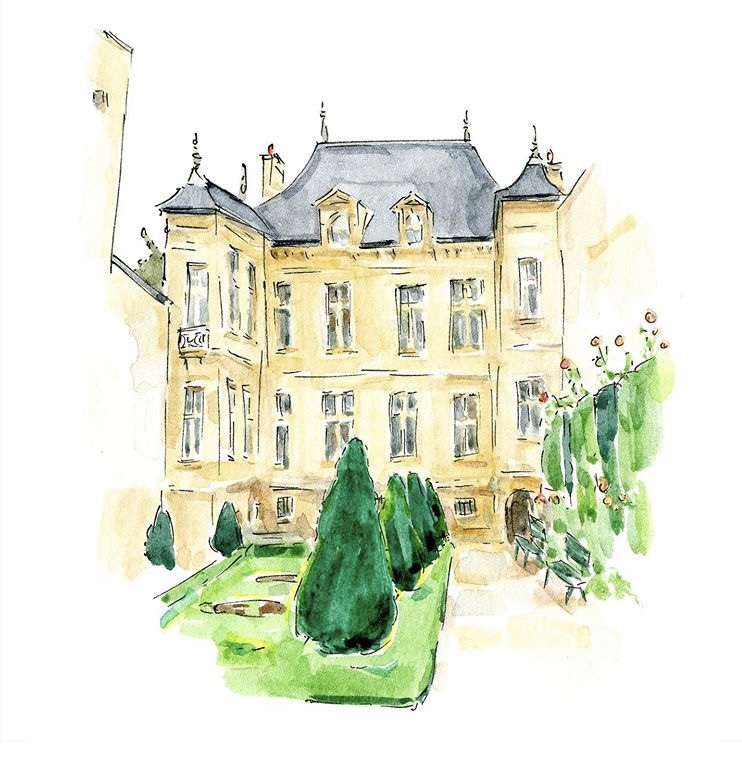
While many travel books and tours give visitors to Paris the highlight reel of sites such as the Louvre, Musee d’Orsay, or Eiffel Tower, The Little(r) Museums of Paris gives readers an illustrated look at some of the cities smaller museums including artists studios, and scientific museums. Written and illustrated by journalist and freelance illustrator Emma Jacobs, the book is a delight to read whether you’re currently planning a trip to Paris or are ‘traveling’ from the comfort of your own home.
In this interview, Emma gives us an inside look at the inspiration behind the book, how she got her start as a freelance illustrator, and about her life in Montreal.
You came up with the idea to write a book after you moved to Paris in 2015. How long had you lived in Paris before you came up with the concept for The Little(r) Museums of Paris?
This project going from a hobby to a book happened fairly gradually. Pretty soon after I moved to Paris, I got in the habit of trying to visit a museum each week. I found each one really unique and it got me out to new neighborhoods I might not have otherwise found myself in. Most French museums are also free to journalists (take note, North America!). I had the thought initially to do a little chapbook as more of a personal project for friends but it became clear that would take a lot of work, so I started to think about pursuing it with a publisher. I actually had left Paris by the time I finished the formal proposal. I came back to Paris for two and a half months to finish the visits and do interviews and research.
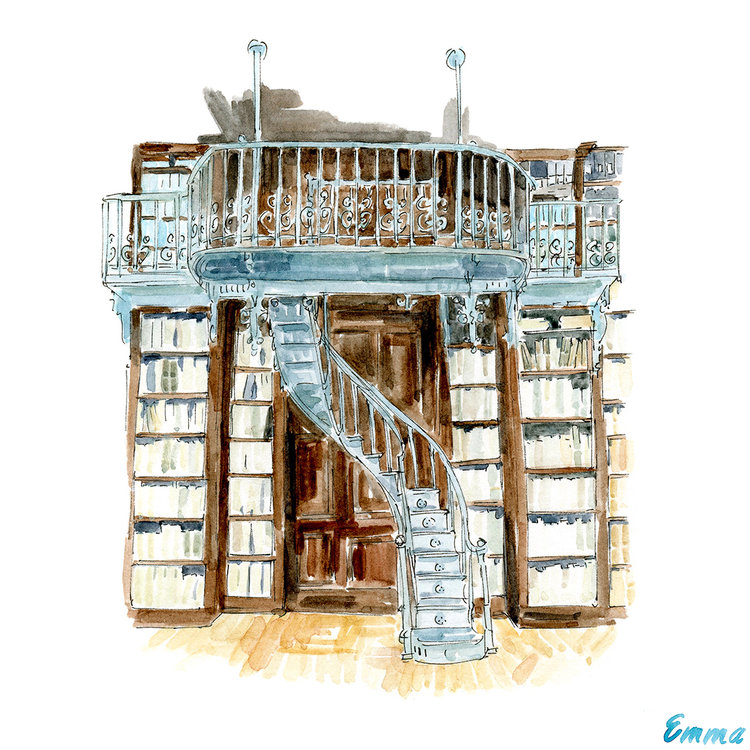
This book is a departure from the topics you’ve talked about and written about for radio broadcasters such as NPR and publications such as The Washington Post. What was it like transitioning between genres?
I think it is and it isn’t a departure. I do largely news reporting and had done only a handful of straight travel pieces before starting the book. That said, I had found ways to do stories about a couple of Paris museums, including the National Museum of the History of Immigration on its 10th anniversary for The Washington Post. I really liked working on that piece because it fell at the intersection of a lot of my disparate interests. While there are a lot of beautiful settings and objects in the book, a lot of serious themes and historical currents underly them too: immigration, postcolonial relationships, the construction of the city of Paris as we know it. The light stuff is there, but so are the vegetables.
When did you first get into freelance illustration?
I started pursuing projects in a limited way while in Paris with the goal of diversifying my workload a little from audio and podcast production. Radio news in particular requires you to run around quite a bit to record people and events in person, more so than print. Having another thread of work that allows me to spend a little quieter time in one place is still something I’m trying to develop side-by-side with my work as a journalist and in conjunction with it when I can interest publications in illustrated pieces.
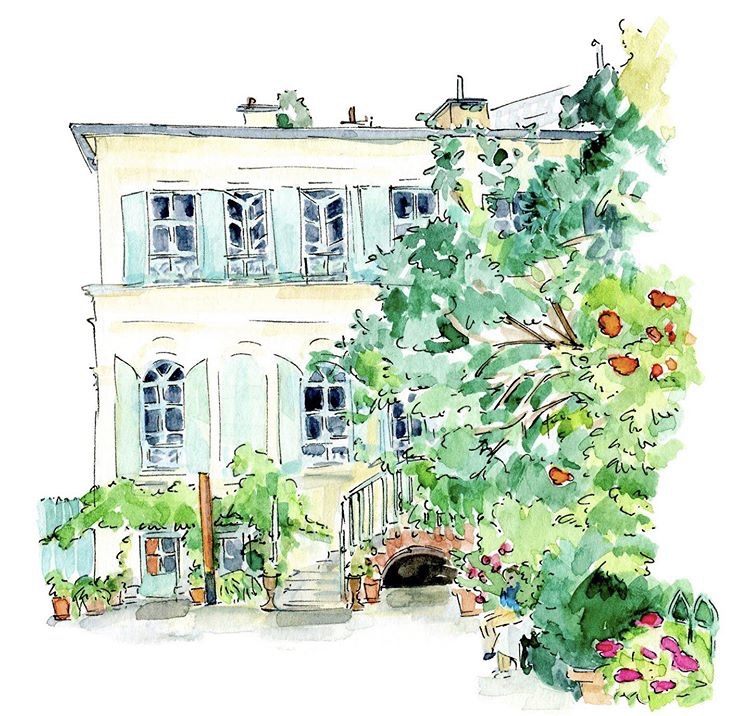
While many travel books are divided by neighborhood, The Little(r) Museums of Paris is divided by subject, which I find helpful even as an ‘armchair traveler’. Did you decide to divide the book up by subject from the beginning or is that something you decided during the writing process?
I always wanted to arrange the museums by subject. However, as I moved forward it also became clear many chapters had a sort of narrative arc that I could tell over the course of multiple museums, for example of the opening of Japan to European travelers in the late 19th century and the traveler-collectors who in many cases followed in each other’s footsteps. Paris is a small big city and people would pop up as friends of one artist and then as a mentor to another. Putting the artists’ houses together helps to understand how schools of painting follow each other and how the center of artistic life in Paris moves from neighborhood to neighborhood.
How did you decide which items to illustrate from each museum?
At the very beginning, I drew objects that interested me visually. As the research and text progressed – which I was doing simultaneous with the illustrations – it became clearer what complemented what I wanted to write about.
I also had to work to get in colors other than browns (wood), gold, and red that predominate in a lot of older French museums.
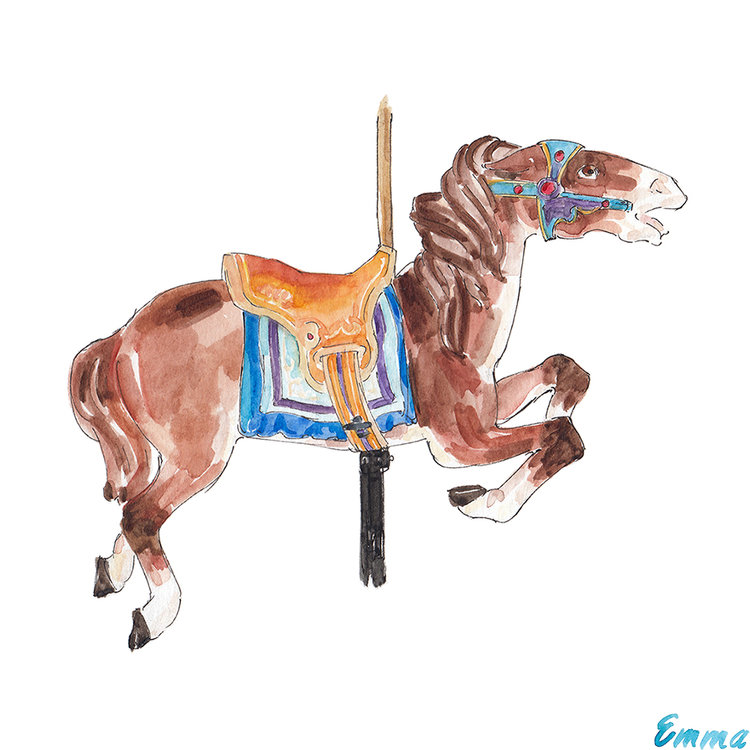
Herschell Carrousel Factory Museum | Upstate New York
When researching for the book, what part did you enjoy the most: researching from books, visiting the museums, or your conversations with various museum curators?
Can I cheat on this question? I really enjoyed whenever a museum curator or director had time to walk me through their museum. It’s a little like taking the tour but you’re seeing the space through a particular, very expert person’s point of view and you get stories that don’t go on the museum labels.
To some extent, that was what I tried to do with the book.
Out of all of the museums in the book, is there a museum that you have visited more than once (or) do you have any personal favorites?
I’ve visited a number of museums multiple times, especially for temporary exhibitions. I would guess the two I’ve visited the most times are the Musée de la Chasse et de la Nature and the Musée d’art et d’histoire du Judaïsme. They’re both dense and centrally located. The MAHJ also hosts a lot of events.
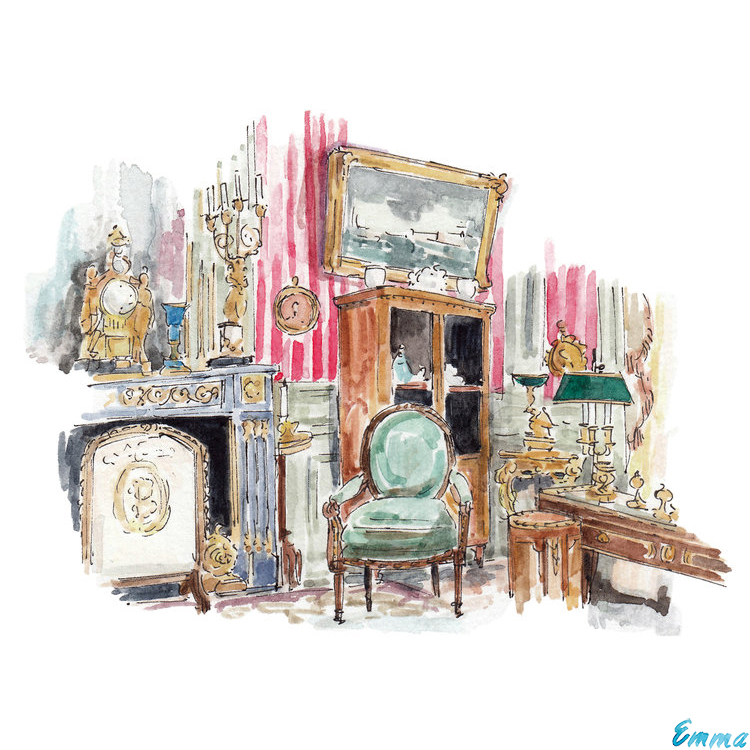
You are currently based in Montreal which is often noted as the Paris of North America. How do the cities compare as far as a culture?
I don’t know if I buy the Paris of North America comparison, but I love continuing to have French in my daily life. There are certain traits in common, what I think of add a sort of a Francophone dedication to enjoying your leisure time and vacation. But some of that also I think comes from how short the summers are in Montreal. You have to make the most of them. Certain political issues also make their way to Quebec just because of the amount of French news and books people end up consuming.
I also feel like every time I turn a corner, I meet another actual 20 or 30-something from France. A lot of French young people have been attracted to Montreal’s affordability and work opportunities. I share a workspace with two France French and two French Quebecer graphic designers and am pretty happy with that daily language immersion and also trying to wrap my head around the language and vocabulary differences.
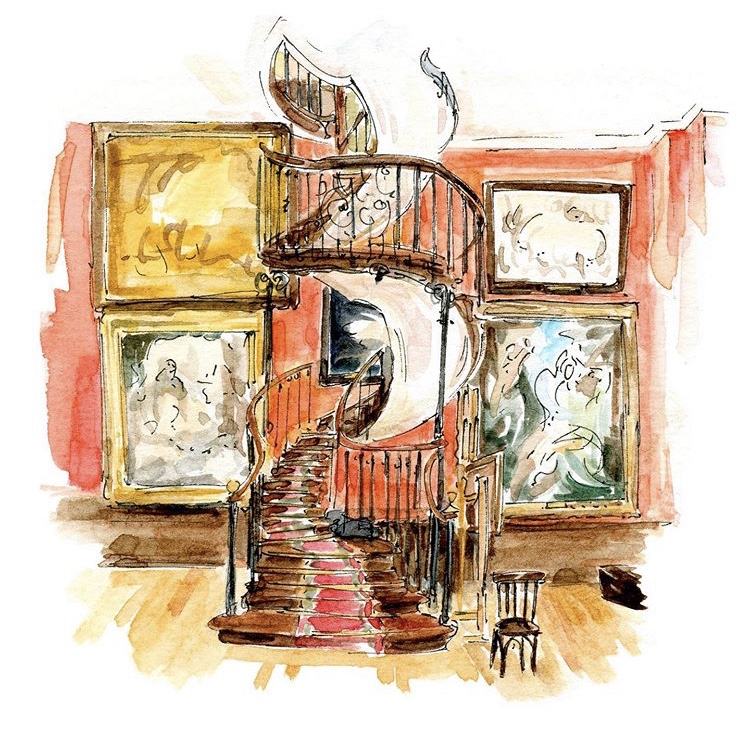
What have you enjoyed the most about being on a book tour and meeting your readers?
I’ve actually not done any events yet. The first takes place on Saturday of this week and I’m looking forward to seeing who turns up. I am curious to see who this book resonates with.
Now that your first book has been released, do you have another book in the works?
I learned a lot during the process of putting the book together and it would be nice to have an opportunity to apply those lessons.
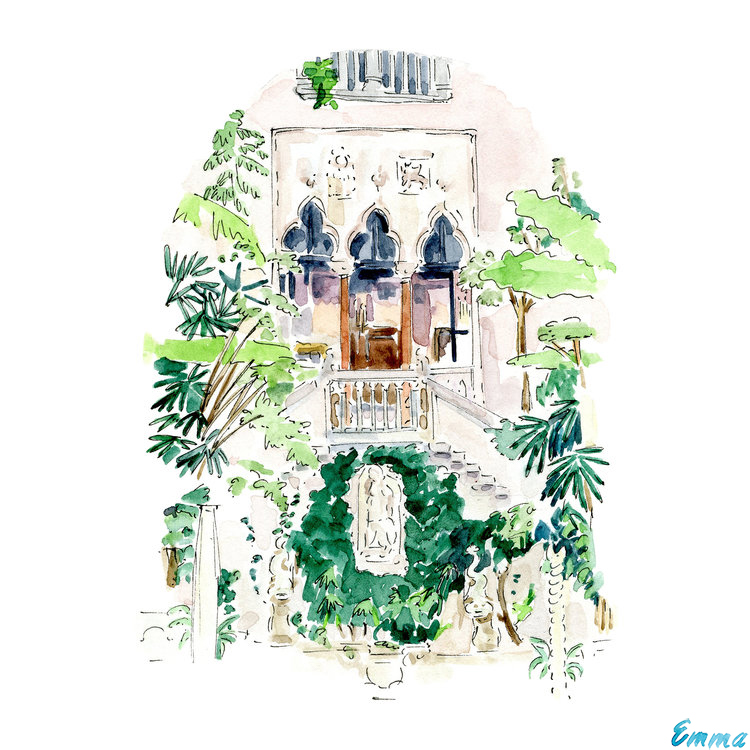 Isabella Stewart Gardner Museum in Boston
Isabella Stewart Gardner Museum in Boston
Keep up with Emma Jacobs…// Websites: http://www.emmajacobsillustration.com // http://www.emmaatlarge.com // Instagram: @emma.sketches
All images in this post are via Emma Jacobs.
